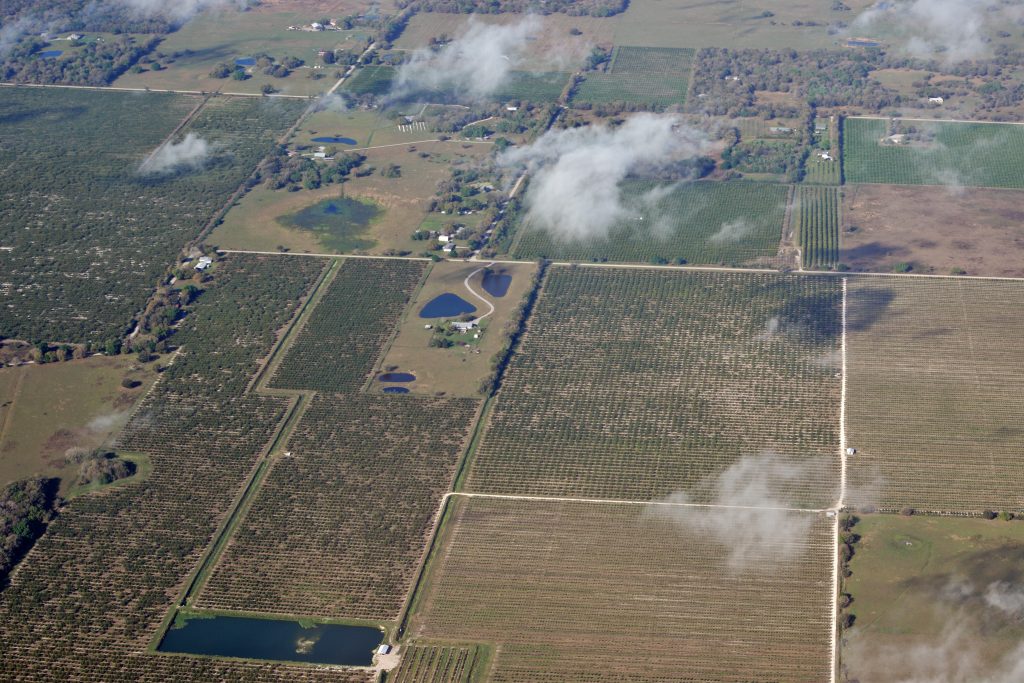By Clint Thompson
Land values are high. So are the number of buyers hoping to purchase farmland in the Southeast. Producers have been more prone to sell their land amid the challenging agricultural landscape and the reality that children and grandchildren may not follow in their farming footsteps.

While one can’t blame a farmer for selling patches of land for outrageous prices, there’s also the reality that the world’s growing population will need to be fed.
Mykel Taylor, ALFA (Alabama Farmers Federation) Eminent Scholar with Auburn University, discusses conversations she’s had with area farmers.
“You don’t blame (farmers) for wanting to look at their options and selling their land, but I’ve talked to large farmers who have said, ‘What I really want to do is encourage those land owners to keep that land, look at it as something they can put in their financial portfolio and I want to manage it for them,’” Taylors said. “When I talk to farmers, I say, ‘Look, you want to be very proactive with the people that you rent from so they don’t decide to sell it. You can’t afford to buy everything you might be renting.”
Land prices have also been impacted in recent years by low interest rates, strong government programs and farming income.
“I think in a lot of ways we’re looking at a situation where people are trying to diversify their portfolio. The stock market is volatile, and there’s a lot of uncertainty around the stock market. Land in high inflationary periods tends to be very attractive. We can still get a good return on it, but it tends to be counter cyclical with inflation,” Taylor said. “There’s always that over-arching reality of we still have a lot of people to feed and that’s not going anywhere. It is a long-term investment, and we see a lot of institutional investors looking at land as a way to balance out their portfolios with other more short-term investments.”
She added that farmland located near an urban area is “incredibly valuable.”
“There was an article that came out in the Wall Street Journal about a month ago. They were outside of Tampa, and they had some farmland and pastureland out there. It was like gold,” she added. “This is our gold rush in the Southeast. All the people moving to the Sunbelt are starting to expand the footprint in the urban areas, so the farmland that used to be pretty stable is getting eaten up by that.”









